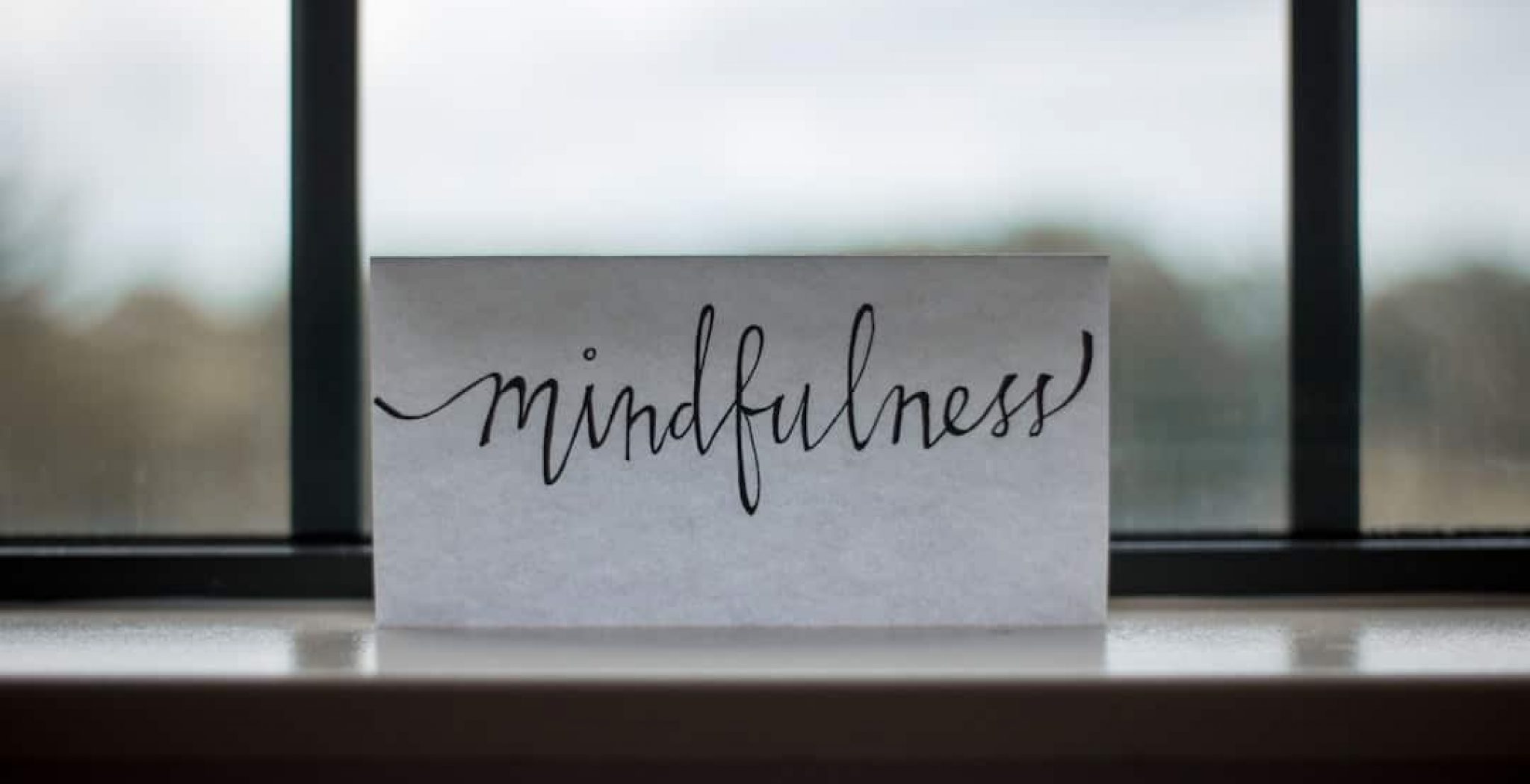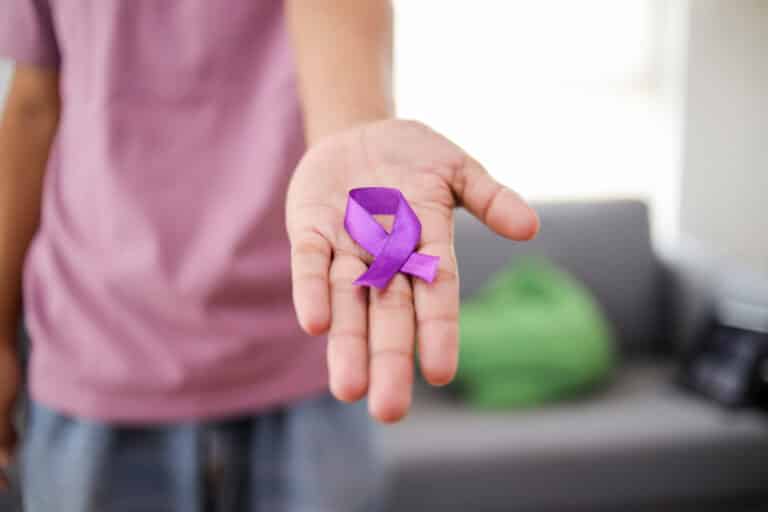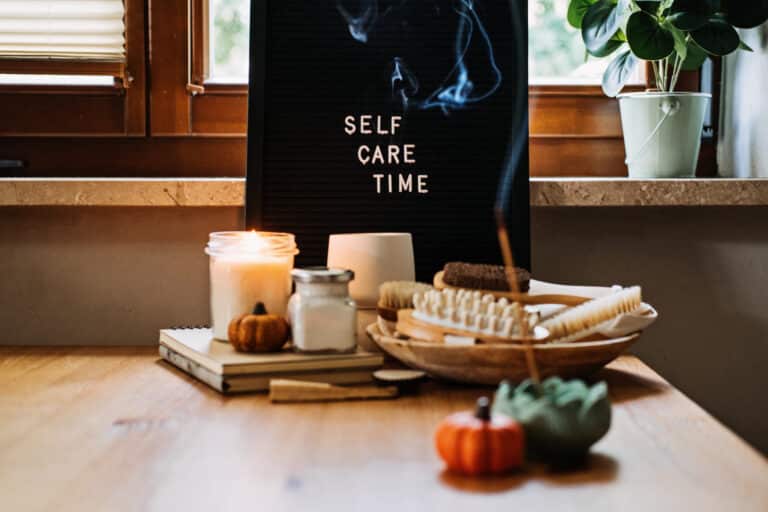Most people have experienced anxiety at some point during their life. To a certain degree, some anxiety can be beneficial. At low levels and in the right circumstances, it can help you achieve peak performance and accomplish tasks. However, too much anxiety can be more harmful than helpful.
Such is the case if you are struggling with a generalized anxiety disorder. In this disorder, excessive anxiety, worry, and physical symptoms can inhibit your ability to function in your daily life. While medications and psychotherapy can drastically decrease symptoms, they can still flare up unexpectedly and inconveniently. Practicing mindfulness can be a helpful tool for preventing anxiety symptoms and resolving them when they occur.
Generalized Anxiety Disorder
Having a generalized anxiety disorder can be a complex condition to deal with. Worries can fill your mind that are not easy to control. They can become so excessive that they result in physical symptoms such as the following:
- Restlessness
- Easily fatigued
- Difficulty concentrating
- Irritability
- Muscle tension
- Sleep disturbances
The worries in an anxiety disorder can be constant and directed at any number of events or activities. Maybe you are worried about the past and regret something you said or did. Perhaps you are concerned about the future and something that might or might not happen.
The list of potential concerns goes on and on. Regardless of what you are fretting over, it can interfere with your day-to-day life. While medications and psychotherapy can help, many other tools can relieve anxiety symptoms. One such tool is practicing mindfulness.
What Is Mindfulness?
Mindfulness is a state of mind and being rather than an activity. However, when beginning to utilize mindfulness in your life, it can be helpful to look at it the way you might look at exercising. Like exercising, practicing mindfulness is something that you might struggle with at first. Yet, with practice, you can improve over time in the same way you might build muscle through working out.
Mindfulness is being aware of yourself and the space you are in. It is living in the present by focusing strictly on what is happening now, setting aside worries about the past and future. Focusing on your body, your breath, and what you are doing at that moment is a common way to practice mindfulness. Yet, mindfulness can carry over into all aspects of your life by giving your full attention to whatever you are doing or experiencing at that moment.
How Does It Help With Anxiety?
Regardless of the source of your anxiety, mindfulness can help relieve your worries. You are unlikely to worry about something in the present moment. Worry is usually an anticipation of something that might happen or a repercussion of something that has already happened. Therefore, worries are typically rooted in the past or future. Mindfulness takes your mind off of these worries by focusing your thoughts strictly on the present moment.
It may not fix or prevent the things you are worried about, but worrying about them usually doesn’t fix them either. Instead, it causes anxiety, making you less able to manage such issues if they occur. Your anxiety can decrease significantly by pulling your thoughts away from stressful topics and focusing on your breathing. Slow, deep breathing gives you a task to focus on, calms your heart rate, and improves the oxygenation of your brain.
Practicing Mindfulness
Mindfulness is dependent on a few simple core pillars:
- Undivided focus
- Living in the present
- Openness
- Breathing
When practicing mindfulness, it is essential to focus on what you are doing and nothing else. By doing this, you are living in the present. If thoughts of something other than what you are doing come into your mind, remind yourself that they are thoughts about your past or future. Even though your mind is focused on a very narrow activity, you should remain open to what the experience brings physically, mentally, and spiritually. It is also vital to focus on your breathing, which can serve as a focal point if your mind wanders.
There’s no single correct way to practice mindfulness, although many people do so through seated meditation. Yoga, running, and reading are just a few examples of alternative ways to do this. You can practice mindfulness anywhere, at any time, regardless of what you are doing. In fact, you are being mindful of and present in the moment by simply giving your entire focus to whatever task you are doing.
Practice Makes Perfect
While generalized anxiety disorder can be treated with medication and psychotherapy, it can worsen unexpectedly and cause troublesome worries and physical symptoms. Mindfulness is a simple exercise you can practice anywhere to relieve anxiety. It might not be easy to do at first if you are not used to it. Yet, with practice, it can be a valuable tool for treating your anxiety disorder.
Generalized anxiety disorder can be a complex disorder to manage. Practicing mindfulness can serve as a beneficial supplemental therapy to medications and psychotherapy. Being mindful is a simple way to help resolve symptoms of anxiety. At Southern California Sunrise Recovery Center, we understand the importance of getting your generalized anxiety disorder under control. We aim to empower our clients to manage their anxiety symptoms through all potential avenues. If you or a loved one are suffering from an anxiety disorder and are interested in supplemental therapy options, we want to talk to you. Call us at (949) 284-7325 to learn more about how mindfulness can benefit you or your loved one.






